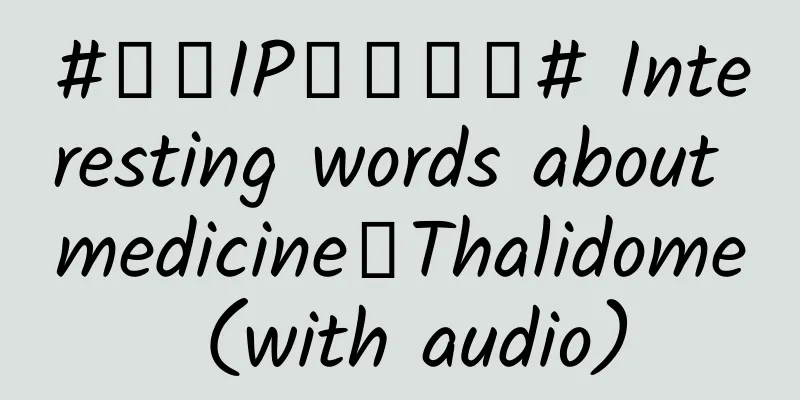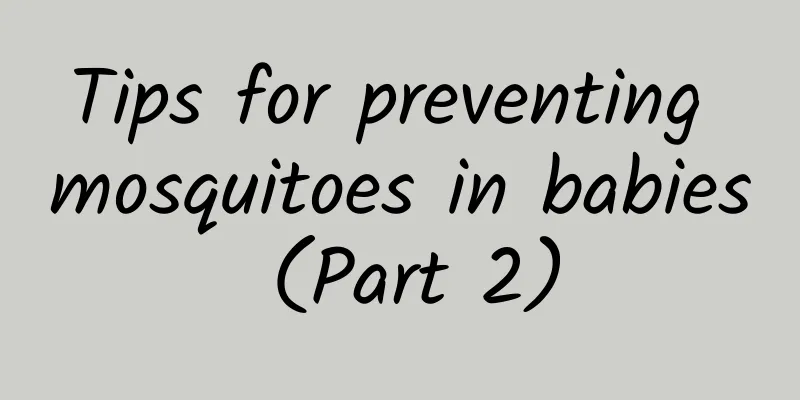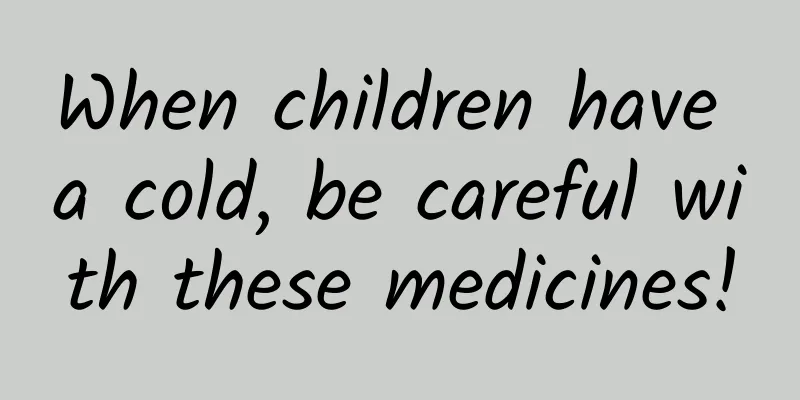Look! Regarding heat stroke, the National Health Commission has an authoritative answer

|
1. What is heat stroke? Heat stroke is the most serious form of heat-related emergency, namely severe heat stroke. It is caused by the imbalance of the body's regulatory function when exposed to high temperature and high humidity, with heat production exceeding heat dissipation, resulting in a rapid increase in core temperature to over 40°C, accompanied by burning skin, impaired consciousness (such as delirium, convulsions, coma) and multiple organ dysfunction. It is a serious and fatal disease and the most serious type of heat stroke. Once it occurs, the mortality rate is extremely high. Depending on the cause of the disease and the susceptible population, heat stroke can be divided into exertional heat stroke and non-exertional heat stroke (also known as classic heat stroke). 2. Why do we get heat stroke? High temperature and high humidity climate factors and high-intensity physical activities are the main risk factors for heat stroke. Classic heat stroke is mainly caused by high temperature and/or high humidity environmental factors, usually without strenuous physical activity. Exertional heat stroke is mainly caused by high-intensity physical activity that causes an imbalance between the body's heat production and heat dissipation. 3. What are the common symptoms of heat stroke? Common symptoms of heat stroke include: 1. Increased body temperature: Increased body temperature is the main feature of heat stroke. The core body temperature of patients is usually above 40°C. 2. Central nervous system symptoms: Central nervous system dysfunction is the main feature of heat stroke, and severe damage can occur in the early stage, manifested as: delirium, drowsiness, seizures, coma, etc.; other abnormal nervous system manifestations may also occur, including bizarre behavior, hallucinations, opisthotonos, decerebrate rigidity, etc. Some patients may be left with long-term central nervous system damage in the later stage, mainly manifested as inattention, memory loss, cognitive impairment, language disorders, ataxia, etc. 3. Other symptoms: headache, nausea, redness of the skin, increased skin temperature, shortness of breath, increased heart rate, muscle cramps or weakness. 4. How to deal with first aid at the scene Heat stroke can be life-threatening, so while trying to cool the person down, others around them should help call emergency services. 1. Move the patient to a cool place. 2. No matter what method you use, quickly cool the patient down. For example, soak the patient in cool water in a bathtub; put the patient under a cool shower; spray the patient with cool water for watering flowers; wipe the patient's body with cool water; apply a cool wet towel or ice pack to the head, armpits and thighs; when the weather is dry, wrap the patient in a sheet or clothing soaked in cool water and blow vigorously with a fan. 3. Heat stroke patients may experience involuntary muscle twitching. In this case, prevent the patient from hurting himself. Do not put anything in the patient's mouth and do not try to feed the patient water. If the patient vomits, turn the patient's body to lie on his side to ensure that his airway is open and avoid aspiration. 5. What situations require prompt medical treatment? Seek medical attention immediately if any of the following occur: 1. If your body temperature continues to rise, even exceeding 40°C, you should seek medical attention immediately. 2. Headache: If you have persistent headache in a high temperature environment or after heavy physical labor, you should go to the hospital for medical treatment immediately. 3. Muscle spasms: If you experience involuntary twitching of muscles throughout your body, especially the muscles in your limbs, in a high temperature environment or after heavy physical labor, you should seek medical attention immediately. 4. Shallow and rapid breathing: The breathing rate increases to more than 20 times/minute, and the inhaled and exhaled volume is small. You should seek medical attention immediately. 5. Nausea: If you feel like vomiting but cannot vomit, you should seek medical attention immediately. If you find any of the following patients, you should seek medical attention immediately or call 120: 1. Coma: loss of consciousness, slow or no response to external stimuli; 2. Extreme weakness: Feeling completely powerless and unable to move; 3. Confusion of consciousness: Unable to accurately perceive people or things around, such as not knowing where you are or what others are saying; 4. Delirium: mental confusion, nonsense; 5. Epilepsy: Involuntary convulsions of muscles throughout the body, without consciousness, and without any response to external stimuli. 6. How to prevent heat stroke The key to reducing the mortality rate of heat stroke is prevention. The most effective preventive measures are to avoid high temperature (high humidity) and poorly ventilated environments, reduce and avoid risk factors for heat stroke, ensure adequate rest time, and avoid dehydration, thereby reducing the incidence and mortality of heat stroke. Source: National Health Commission |
<<: How much do you know about Helicobacter pylori?
>>: Does ice cream "freeze" your child's brain? Let's talk about "ice cream headache"
Recommend
The dangers of being angry during pregnancy
Pregnant women will experience huge mood swings d...
Which is better to choose between laying wooden floor or laying tiles in the living room? How is the labor cost of laying wooden floor calculated?
When it comes to floor decoration, tiles are the ...
Can drinking yogurt lower blood pressure? Australian research
According to a recent Australian study, patients ...
How long does it take to be clean after induced abortion?
After an unexpected pregnancy, many women are str...
What are the criteria for choosing high-quality protein powder? How to choose the protein powder that suits you
There are different flavors of protein powder on ...
Why is there discharge when squeezing the nipple?
We know that breast disease has been a common con...
What are the benefits and significance of a lunch break? How long should you rest during a lunch break?
Naps can give the body and brain a rest to make t...
What foods should not be eaten during ovulation?
We all know that female friends should avoid many...
This kind of thermos can turn hot water into "poisonous water", but some people still use it! Pay attention to these 6 points when buying a thermos
Many people like to drink hot water or warm water...
What can be added to bitter melon soup? How to make bitter melon soup not bitter
Bitter melon is a very common ingredient in life ...
How to hand express breast milk
Breast milk is the most suitable food for newborn...
How to treat pelvic hemorrhage? Multiple methods work better together
If pelvic blood accumulation occurs, appropriate ...
What can pregnant women with anemia eat to replenish blood the fastest
Women have a special physiological structure and ...
When you put your phone by the bed when you sleep, you are not afraid of radiation, but...
Do you follow this routine every day before going...
Chinese CDC expert: Virus mutation poses a challenge to herd immunity and we must not let down our guard
People's Daily Online, Beijing, September 16 ...









